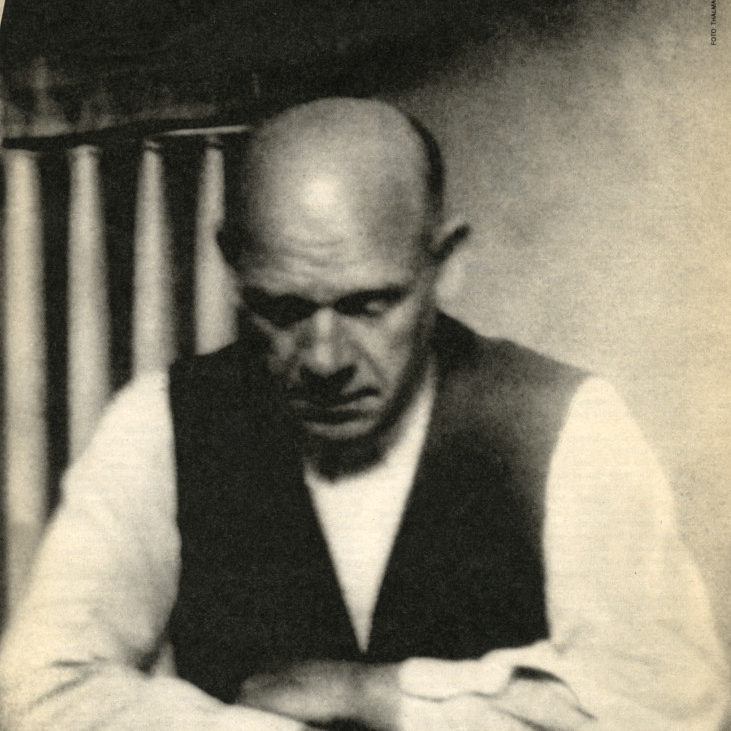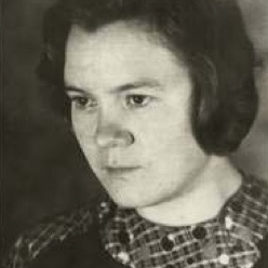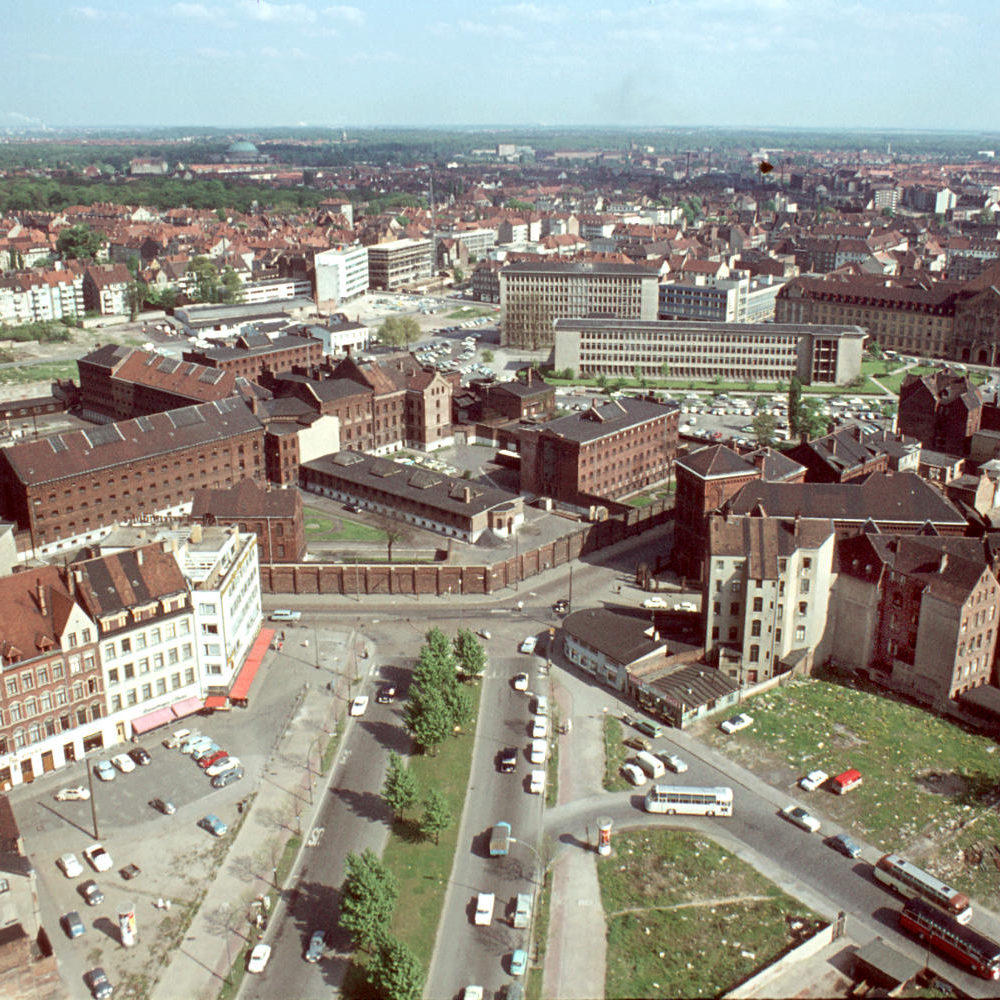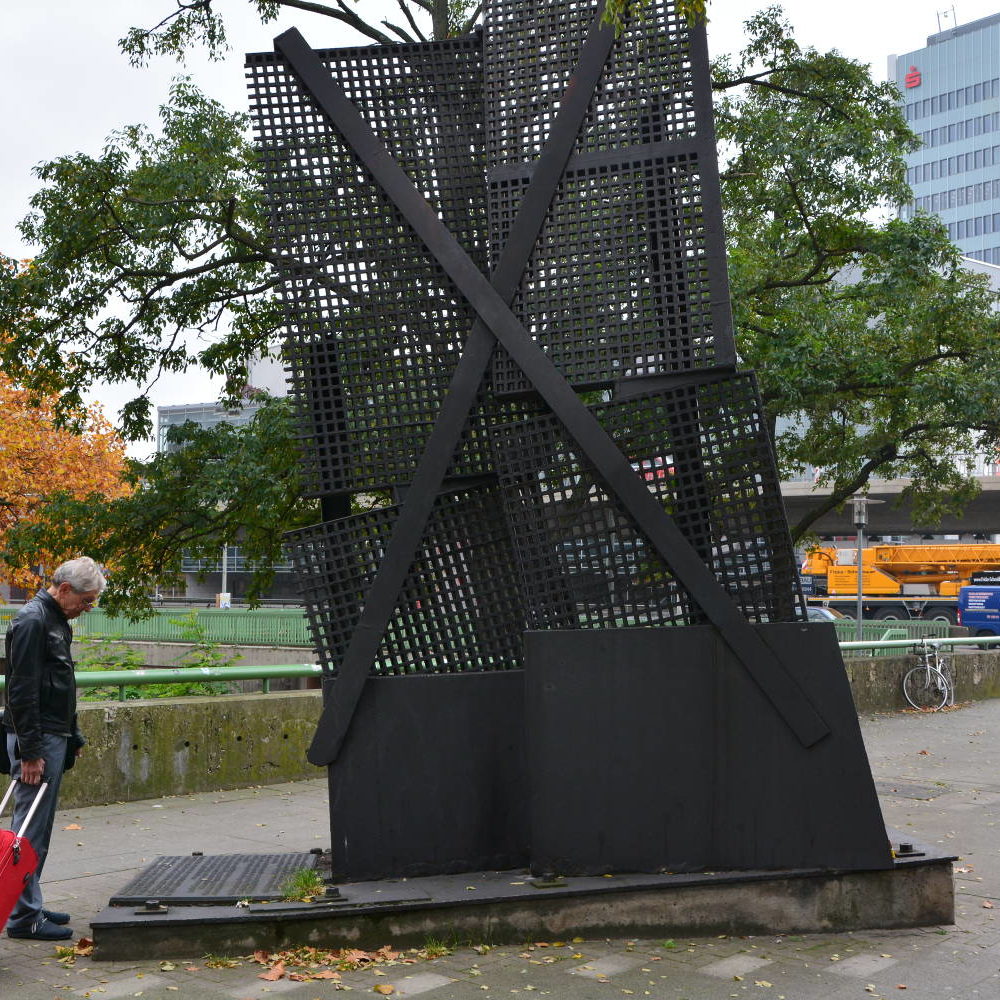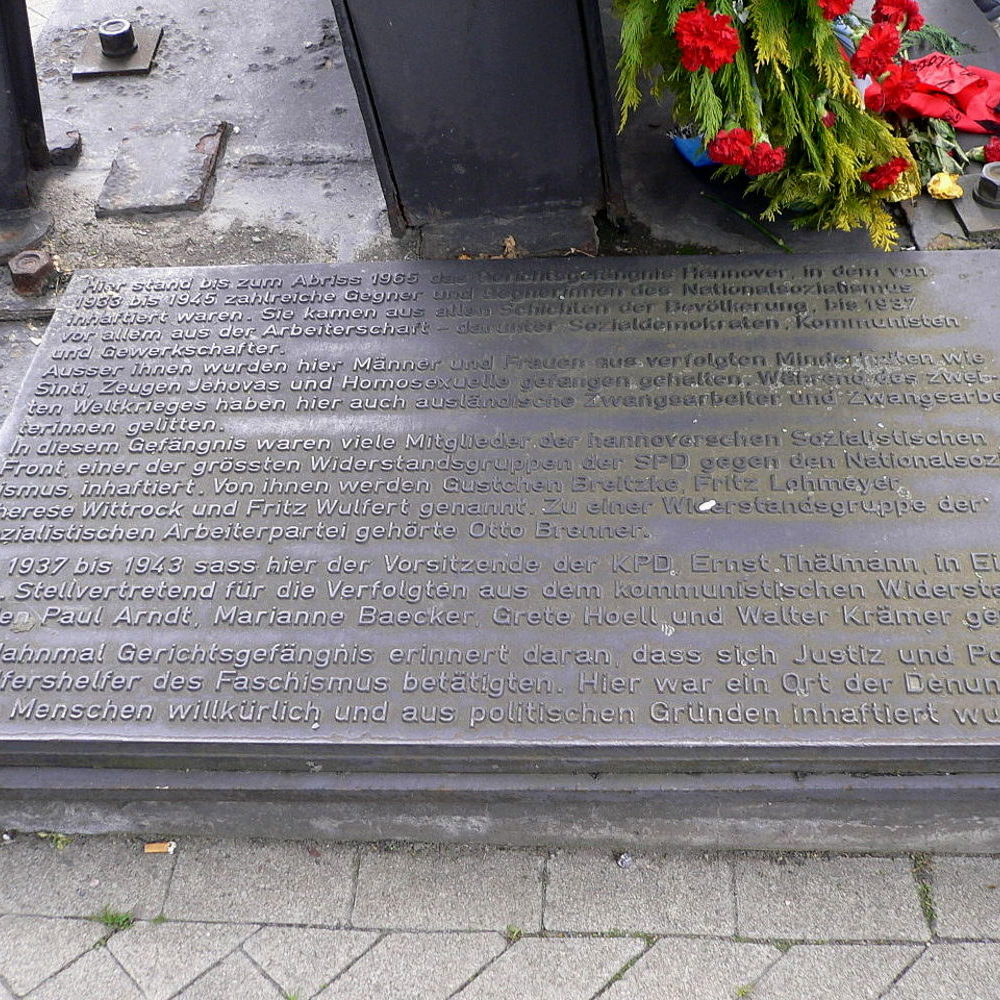The former court jail was demolished after the war. only a memorial next to the Kulturzentrum Pavillon [Pavilion Cultural Centre] commemorates the former court jail in Hanover and its role in National Socialism. Between 1933 and 1945, large numbers of political opponents of the regime were detained here, as well as homosexuals, Sinti, Jehovah’s Witnesses and during the war also foreign forced labourers, both men and women.
![Hanover: Court jail, ca.1947. Archiv der Region Hannover [Hanover Regional Archive], Koberg estate, no. 102 (90/2056/10) Hanover: Court jail, ca.1947. Archiv der Region Hannover [Hanover Regional Archive], Koberg estate, no. 102 (90/2056/10)](https://zukunft-heisst-erinnern.de/wp-content/uploads/2020/03/gerichtsgefängnis_0.jpg)
The jail adjacent to the courts
The large building complex behind the main station was built between 1865 and 1875. Although it sustained damage, it survived the Second World War, however in 1964 it had to be demolished to make way for the construction of Hamburger Allee. Of all the court buildings in its immediate vicinity, only the district court on Volgersweg still stands today. This used to house the Special court in Hanover [Sondergericht].
Executions are also carried out in the court jail. In 1925, after being tried, the serial killer Fritz Haarmann is beheaded by guillotine in the prison yard. The guillotine is moved to Wolfenbüttel Prison in 1937 and used for 526 executions until the end of the war.
Detainees: Auguste Breitzke
In 1936 and 1937, the overcrowded prison had over one thousand prisoners. It is in this period that one of Germany’s most important resistance groups is crushed in Hanover. The “Socialist Front” is based in the working-class districts of Linden, Limmer and Ricklingen. It is made up of Social Democrats who, in contrast to the ‘wait-and-see’ party line, already early on call for preparations to be made to fight, even if it means employing unlawful measures. Among them is the young female worker from Linden, Auguste (Gustel or Gustchen) Breitzke. She is in charge of printing and distributing the resistance publication “Sozialistische Blätter” [‘Socialist Gazettes’]. At this time, her fiancé Franz Nause has already been arrested by the Gestapo.
In July 1936, the Gestapo smuggles a police informer into the organisation. Auguste Breitzke is found out and placed in solitary confinement in the police prison in Hardenbergstrasse. She is then transferred to the court jail in Leonhardtstrasse, before being sentenced to imprisonment, along with many of her comrades, by the Berlin People’s Court. She survives persecution and the war. Franz Nause dies in Brandenburg prison in 1943.
Detainees: Otto Brenner
Another political detainee in the court jail is the Hanoverian worker Otto Brenner. He has been involved in Social Democratic and trade union organisations since his youth. Beginning in 1931, he establishes a local branch of the “Socialist Workers’ Party” [Sozialistische Arbeiterpartei, abbreviated to SAP] in Hanover which, in the face of the split in the workers’ movement, campaigns for a united front against the emerging National Socialism. Already in March 1933, the group mounts a campaign of resistance and distributes illegal pamphlets.
Otto Brenner, a courier, is arrested in August 1933 and later transferred to the court jail. He is held there until being sentenced in June 1935. He survives National Socialism and the war, and becomes one of the key SPD politicians and trade union leaders of the German Federal Republic.
Detainees: Ernst Thälmann
The most well-known communist detainee in the court jail is Ernst Thälmann, the last party chairman of the KPD [Kommunistische Partei Deutschlands, i.e. German Communist Party] before it was crushed by the National Socialists. He had already been arrested during the first raids against communists at the beginning of March 1933 and was transferred from Berlin to Hanover’s court jail in 1937. He spends his time in strict solitary confinement – all cells adjacent, above and below him are cleared of other prisoners in order to prevent any contact. In 1943, Thälmann is moved to Bautzen prison and one year later shot dead in Buchenwald concentration camp.
Additional online information
VVN/BDA [Association of those Persecuted under the Nazi Regime Association of Anti-Fascists] The Former Hanover Court Jail 1933 – 1945 [in German]
Wikipedia entry Court jail (Hanover) [in German]
Wikipedia entry Memorial Court Jail Hanover [in German]
www.sozialistische-front.de The Socialist Front in Hanover [in German]
www.otto-brenner.de Biography von Otto Brenner [in German]
Wikipedia entry Ernst Thälmann
Kulturzentrum Pavillon [Pavilion Cultural Centre] Pavillon Prison Break. The Gaming Project [in German]
Further reading: Click here
Texts and images: Michael Pechel

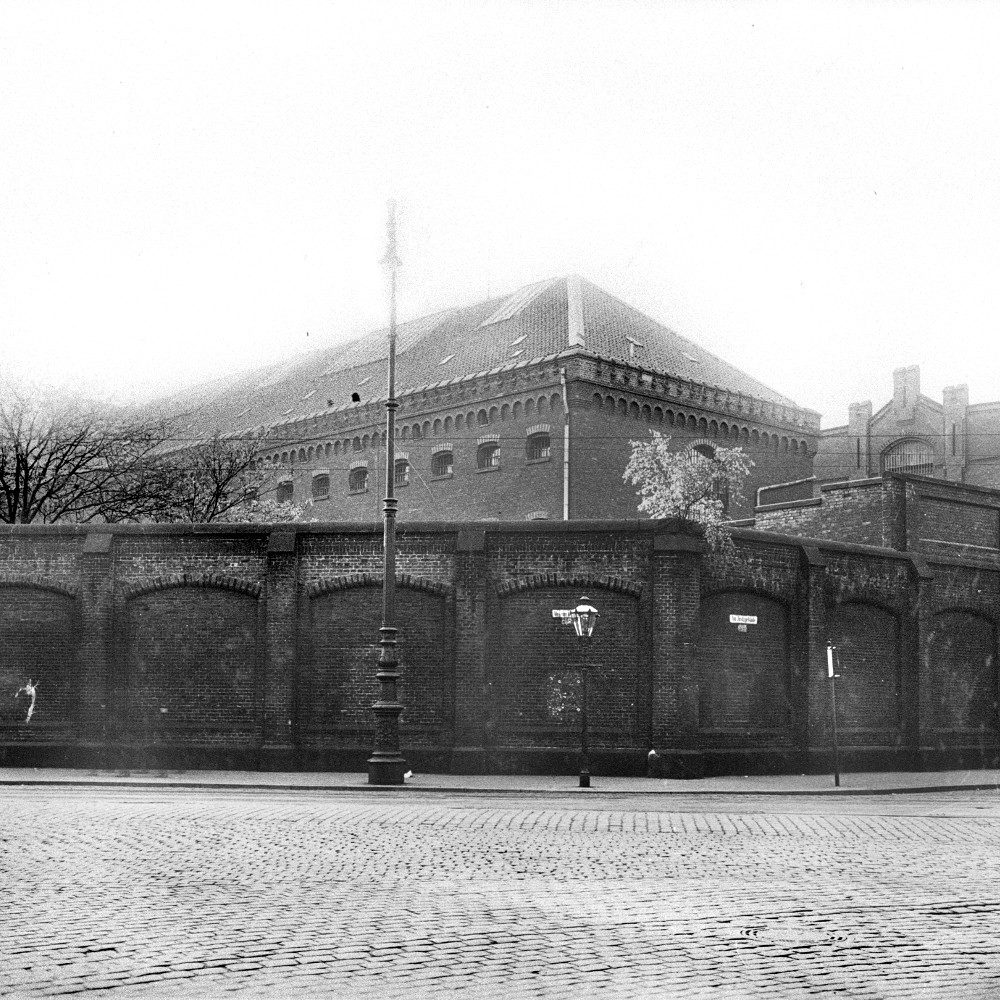
![Hanover behind the main railway station: Running vertically is Alte Celler Heerstrasse, with the court jail to the right of it and the courthouse buildings on the Raschplatz triangle. Photo album of the “Fliegerabteilung” [“Aviation Division”], ca. 1917. Historical Museum of Hanover](https://zukunft-heisst-erinnern.de/wp-content/uploads/2020/03/gerichtsgefängnis_4-1000x1000.jpg)
